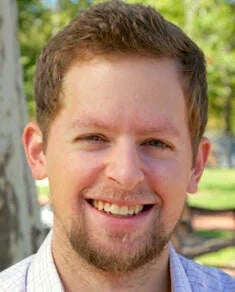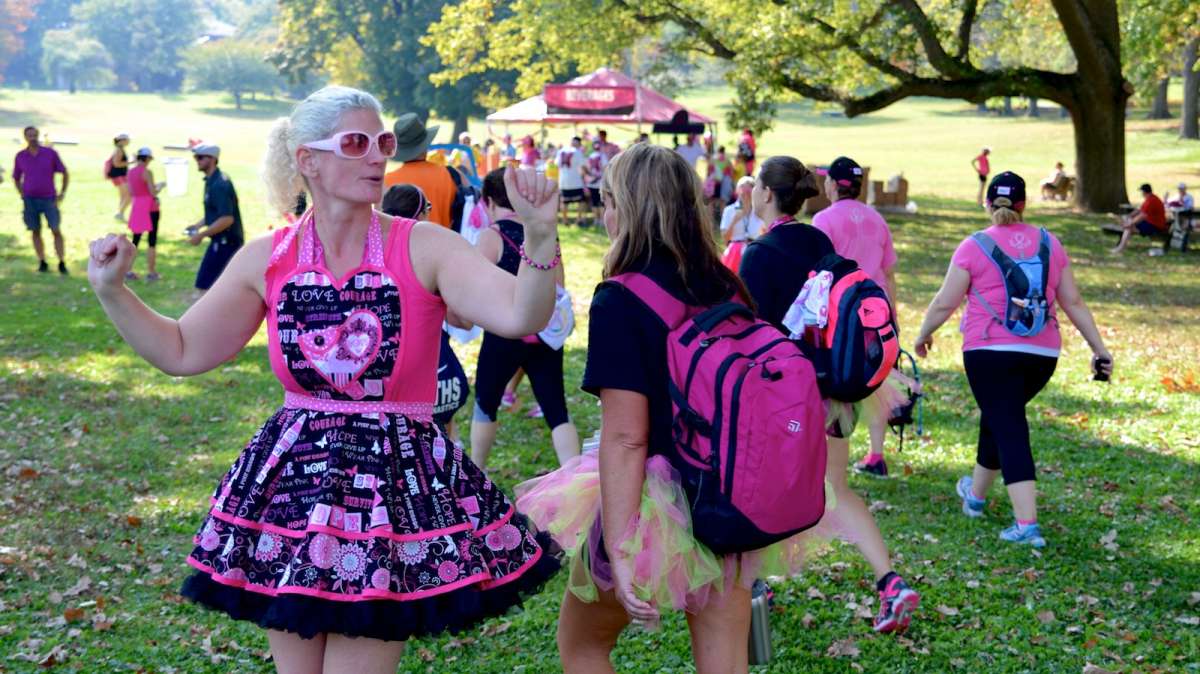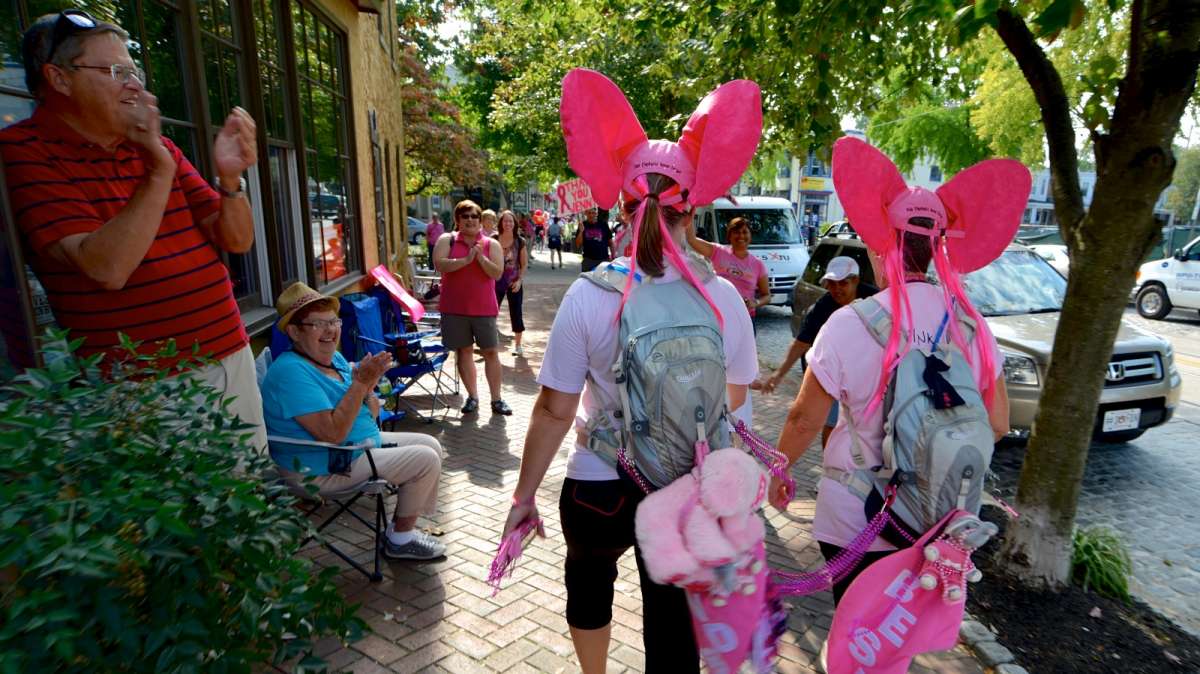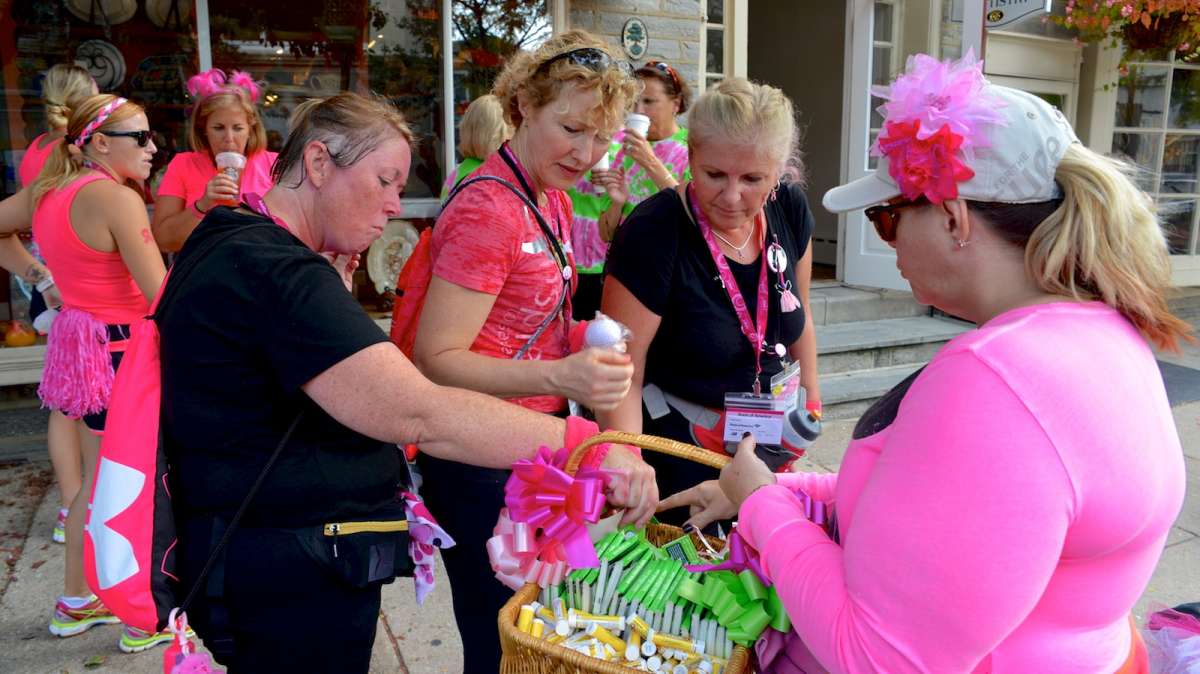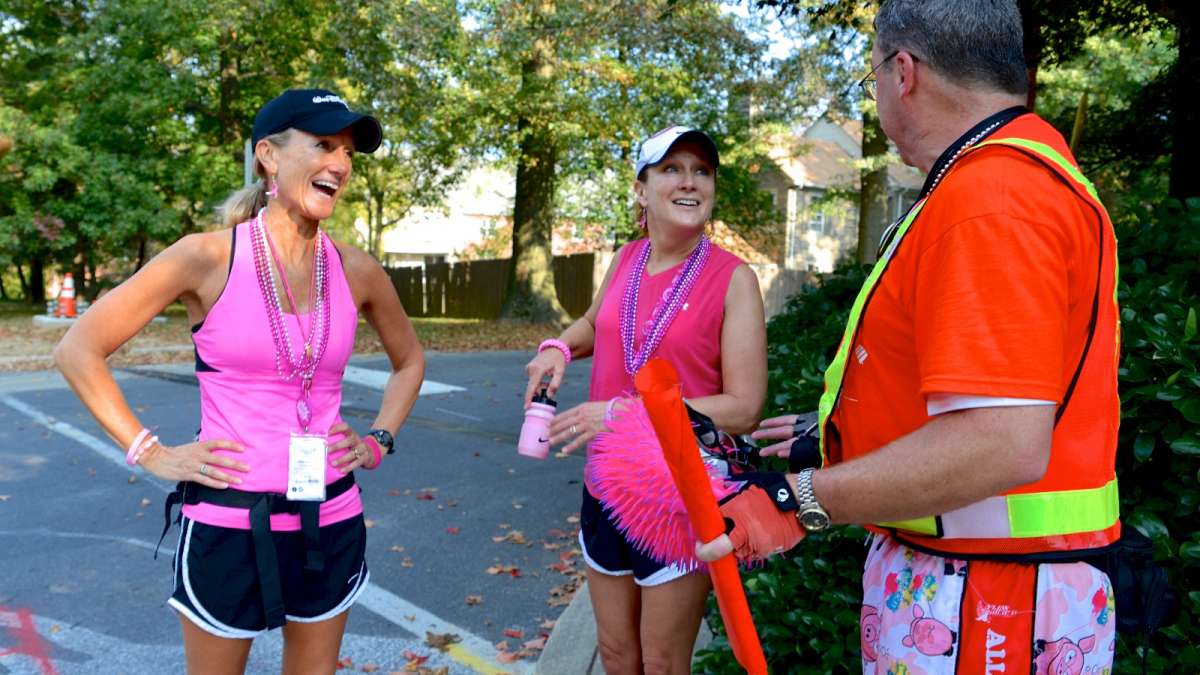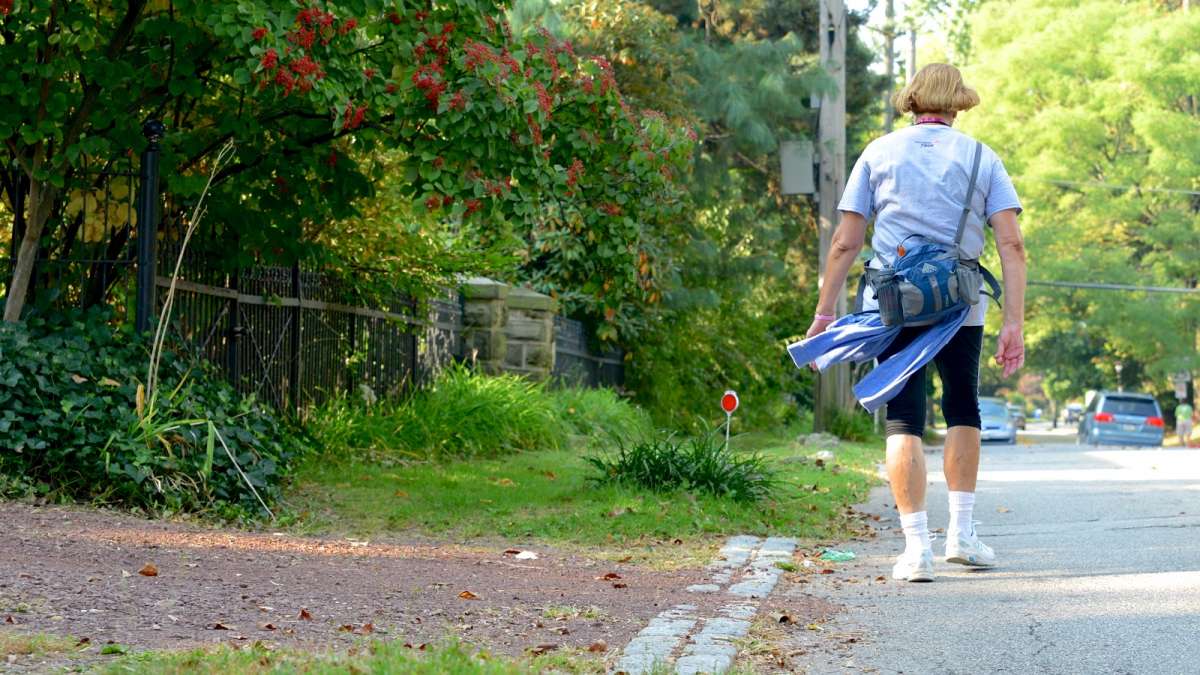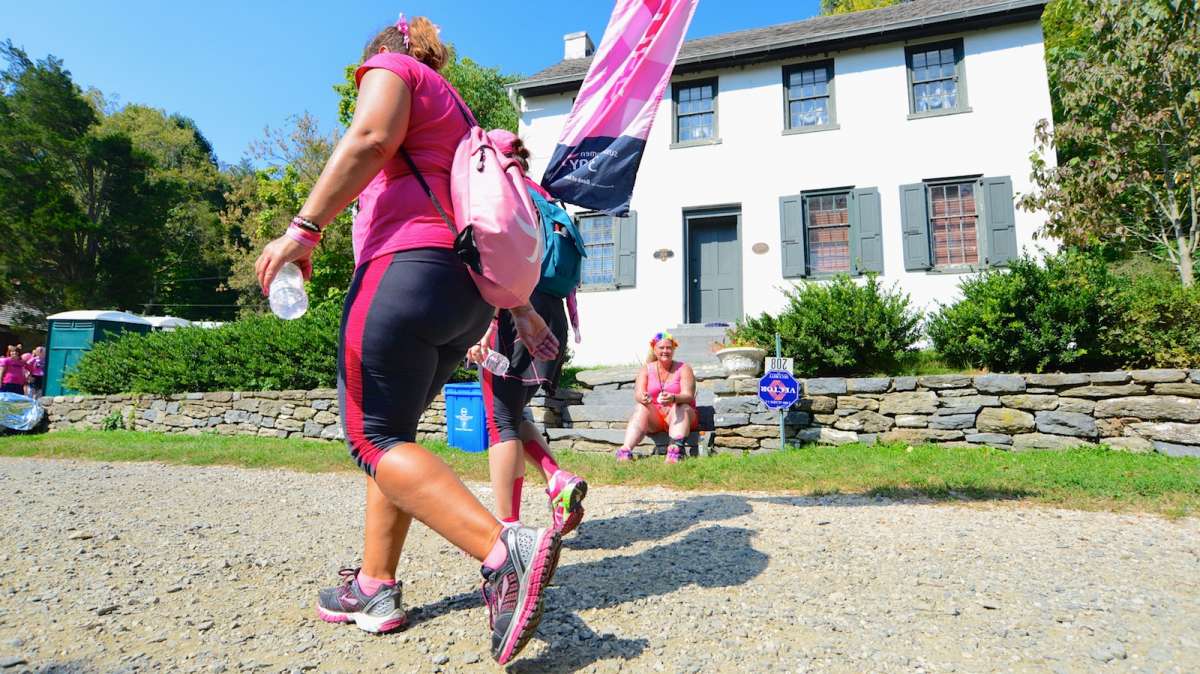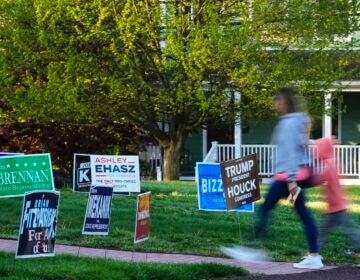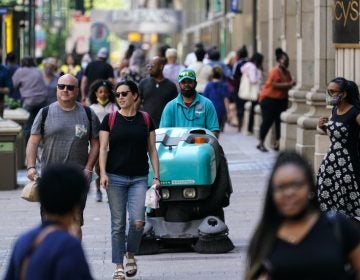Influx of students and fewer teachers cause overcrowding at W.B. Saul High School
For the second straight year, W.B. Saul High School offered up more seats at its Roxborough campus for one simple reason: To give more district students the opportunity to enroll at a special admissions school.
A number of them took advantage. As of last week, the student body at the agriculture-focused school was 15 percent bigger than it was the previous school year.
At the same time, however, the school’s teaching staff has shrunk as a result of the Philadelphia School District’s ongoing budget crisis.
Saul now has roughly 575 students, but seven less teachers.
“It’s been a struggle,” said Saul’s Principal Tamera Conaway.
The math means that nearly a third of Saul’s classrooms — 18 of them — are currently overcrowded by state guidelines for student-teacher ratios.
Most of the overcrowded classrooms belong to teachers covering the subjects nearly every high school student takes, including English, Spanish and math.
The list also includes a few CTE — short for Career and Technical Education — classrooms dedicated to the agricultural coursework that makes Saul standout in the city and beyond.
Some agriculture and animal science classes, for example, have extra students this school year, forcing teachers to alter their approach to some lessons, particularly when it comes to hands-on tasks, a hallmark of CTE.
“Some of our CTE classrooms have 29, 27, 28 [students] and we’re talking about one teacher,” said Conaway. “They’re working in the fields, in the barns with the cows, with the horses, with the sheep and there’s only a certain amount of students that can work with them [at a time].”
Class size concerns
State guidelines maintain that class sizes for CTE classes should max out at 19 students, but are capped at 24.
By comparison, academic classrooms should have no more than 33 students per teacher.
Longtime Saul teacher Tiffany Turrentine has 28 seniors in her small animals lab. Her biggest concern is safety when it comes to class size.
“One of my jobs…is making sure that the students are able to handle the animals carefully and properly so that if they’re on their own and I’m not around, they know what to do,” said Turrentine. “I haven’t seen it yet, but that is a concern.”
To make sure nothing goes wrong, Turrentine said classroom activities are now done in larger group settings. She also stays stationed nearby during labs so students always know where to find her.
“Before it was easy to just kind of move students around so I could move easily around without worrying what’s going on with the kids,” she said.
Claire Hyre is used to leading groups of 15 or 20 students as the education coordinator with Henry Got Crops, a program that works with agriculture students at Saul through a partnership with Weavers Way Community Programs and Fairmount Park.
This school year, she has groups of 30.
Hyre said there’s still plenty of work getting done at the program’s 2.5-acre farm on Henry Avenue, but, at this point in the school year, she can’t do more complex activities with students with less experience.
It’s easier, for example, for a larger group to weed than select crops for the farm’s community supported agriculture program, in which local residents – and some teachers – pay to take home a share of the farm’s yield each week.
Communication and engagement are also harder.
“I do a lot more repeating,” she said.
The big picture
Hyre also worries about how students will be impacted beyond the day-to-day classroom environment.
“The challenge will be how many students will leave without understanding the connection between their class and the work they’re doing or having a deeper understanding about why sustainable agriculture is important,” said Hyre.
Senior Terrell Fontaine said his teachers have seemed more stressed this school year. For his part, though, having more students for hands-on work is a benefit.
“It’s actually good that we have more people. We get more work done,” he said.
In the coming weeks, the district will review student enrollment and staffing at all city schools. Staff will then be re-allocated so that, ideally, student-teacher ratios are in line with state guidelines.
District spokesperson Deirdre Darragh said Saul may or may not receive additional teachers.
“We will not know for sure until the leveling process is complete,” said Darragh.
That’s not expected until mid-October.
Curriculum changes
Some of the budget impacts at Saul can’t be improved.
Teachers are particularly upset about the loss of an annual summer orientation program designed to introduce incoming freshman to the world of agriculture.
As part of the program, students were given a taste of the school’s four CTE concentrations: Environmental Science, Food Science, Animal Science and Horticulture.
One goal was to familiarize students with the field and classroom work tied to each. Another was to get students thinking about which subject they may want to major in at the start of their sophomore year.
“It’s going to be a huge learning curve for the first two months of the school year,” said Turrentine.
Students are instead being introduced to the school’s CTE programs through an Introduction to Agriculture class.
It’s all part of what agriculture teacher Jessica McAtamney said distinguishes a Saul High School that’s simply running from one’s that’s functioning.
“If you were a person watching in, you’d say, ‘Oh it’s running, it’s moving. The kids are eating their lunches. And there’s learning going on.’ But all of the pieces that make Saul high functioning have been taken out in my opinion and it becomes unnecessarily challenging for people to operate under that system continually.”
WHYY is your source for fact-based, in-depth journalism and information. As a nonprofit organization, we rely on financial support from readers like you. Please give today.


